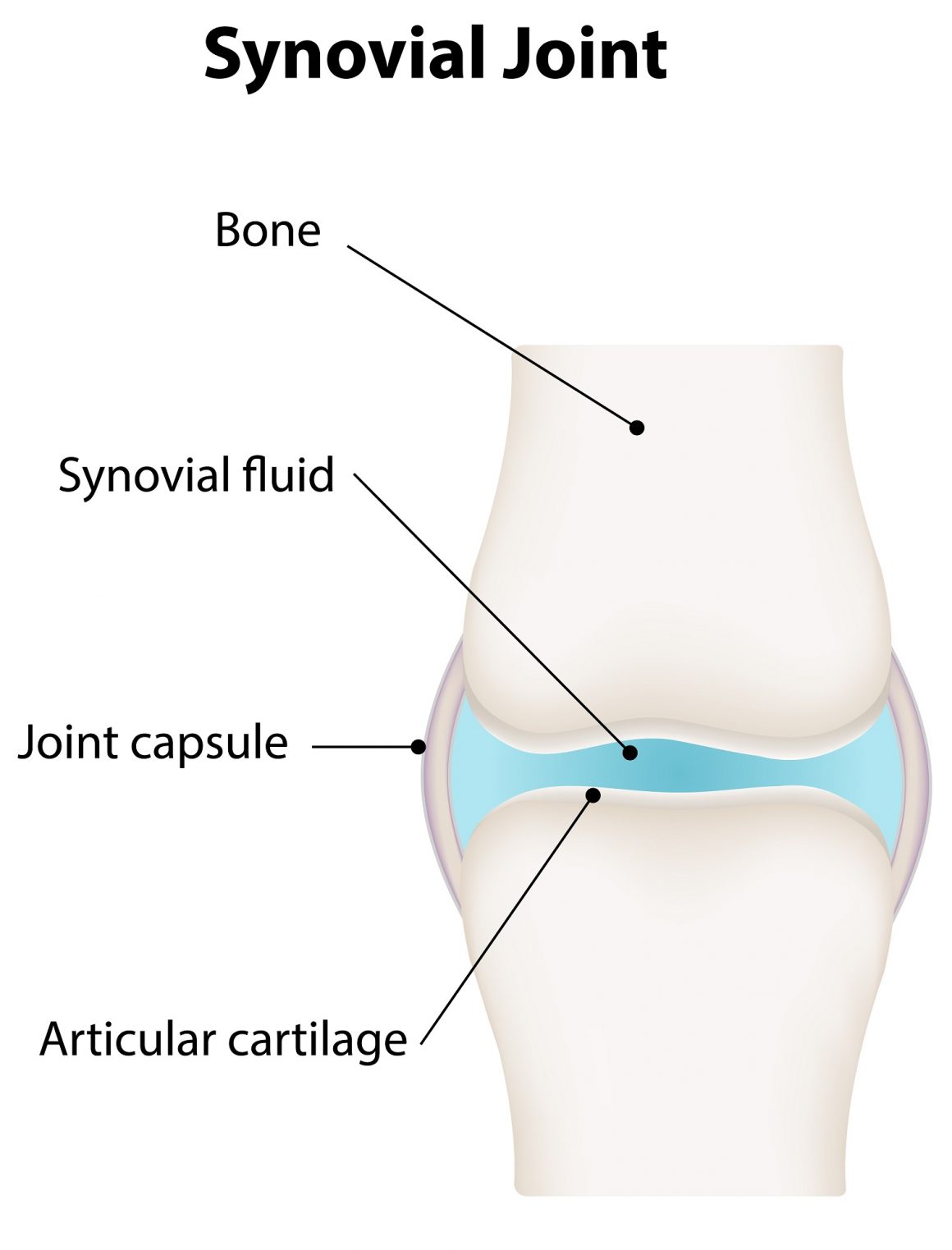The role of food in maintaining joint health is often tied to inflammation. That relationship is one of many factors that fuels the aging process and the conditions that accompany it, including arthritis, neurodegenerative conditions and other disorders.

Issues concerning joint health won’t be cured or stopped necessarily by diet, but they can be mitigated and lessened by eating the right foods on a regular basis. But what nutrients do joints need specifically? Which will help control inflammation and which ones support other needs our joints have?
What Nutrients Do Joints Need?
Rather than simply listing foods that have positive impacts on your joints, let’s instead look at the underlying factors that make them beneficial. For example, foods rich in vitamin C are beneficial to joints as it helps the body make collagen, a key ingredient in the cushioning surrounding joints and the fibers that make up those surroundings, such as cartilage, ligaments and tendons.

Foods and spices rich in curcumin, such as turmeric, have an anti-inflammatory effect by nature and can help reduce swelling around joints. For those suffering from forms of arthritis, this can help ease pain and speed up recovery from exercise.

We’re taught in school that calcium is a building block of good bone health. It’s not uncommon for people to see milk as the best source of calcium, but while milk can pack a dose of this mineral, a number of other foods including salmon, green leafy vegetables, sardines and certain types of nuts and beans are all rich in calcium that can drive both bone and joint health. These non-dairy calcium sources are ideal for someone who is lactose intolerant.

Finally, vitamin D is another vital nutrient needed for good joint health due to its anti-inflammatory properties. It also helps bones absorb calcium and helps with communication between nerves and coordinating muscle movements.

Other important substances to seek in your food include those that block inflammation responses or the production of substances which promote inflammation. Some examples of this include ginger or broccoli.
Compounds present in certain foods also play an important role. Quercetin is one example of a compound that helps block inflammatory responses driven by arthritis and is commonly found in berries.
What Foods Help Joint Lubrication?
Part of what drives joint pain or dysfunction as we age is a loss of synovial fluid around the joints which acts as cushioning. According to the journal Pharmacy and Therapeutics, “hyaluronic acid provides synovial fluid with its viscoelastic properties.” This is helps the fluid maintain joint flexibility and strength.

In joints affected by osteoarthritis, hyaluronic acid (HA) concentrations are reduced, thus reducing the ability of synovial fluid to lubricate and support the joints. It also regulates moisture in the joints.
As we age, the levels of HA naturally created by our bodies decreases. Certain foods are high in HA, such as bone broth, organ meat and root vegetables. Eating these foods can help replenish levels of HA, or in the case of root vegetables, research shows that they may help the body synthesize HA.
Foods rich in naringenin are also beneficial to hyaluronic acid levels due to the amount of hyaluronidase, an enzyme that breaks down hyaluronic acid in the body. Research suggests that eating foods which contain naringenin may help your body to conserve its natural levels of hyaluronic acid. Examples of food that contain naringenin include oranges, grapefruit and tomatoes.
